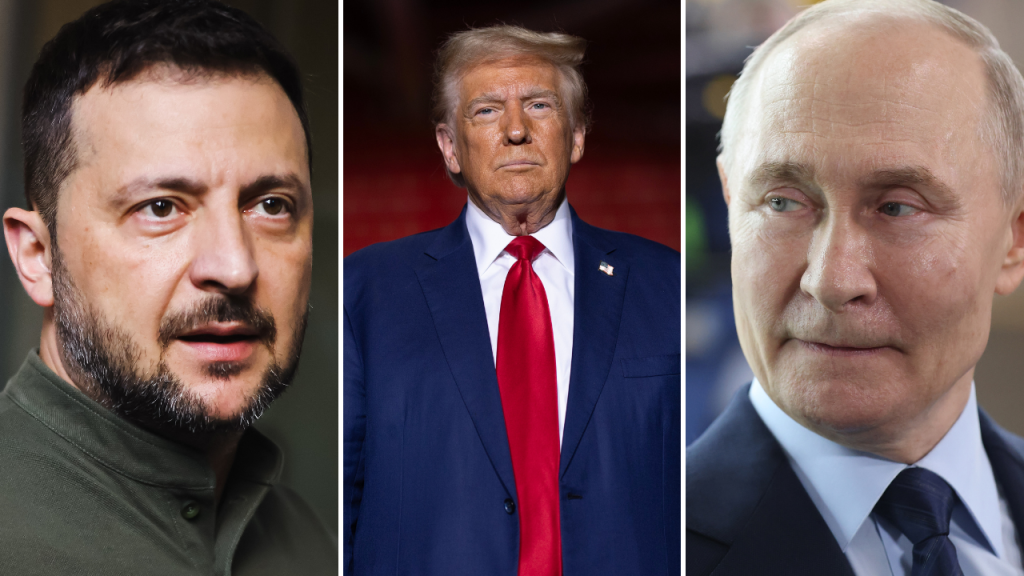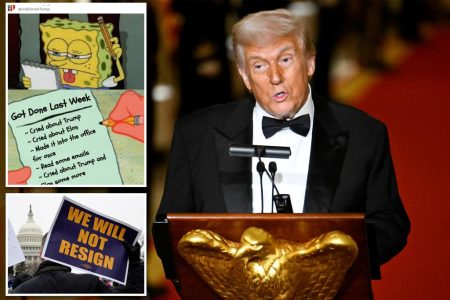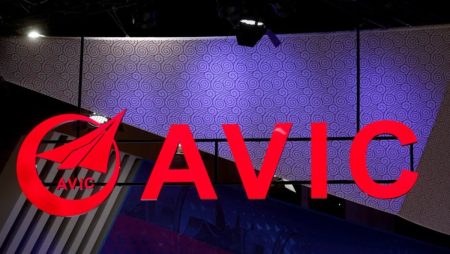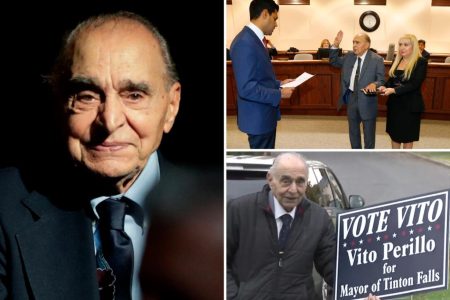Volodymyr Zelenskyy, the President of Ukraine, has expressed deep concern over the possibility of the United States engaging in direct talks with Russia regarding the ongoing conflict in Ukraine without Kyiv’s involvement. Zelenskyy believes that such a move would be perilous, setting a dangerous precedent for autocratic leaders worldwide. He argues that excluding Ukraine from these crucial discussions would effectively validate Russia’s aggression, granting Putin undeserved impunity and sending a message that similar actions can be taken without consequence. This could embolden other nations contemplating comparable acts of aggression. Zelenskyy emphasizes that any discussions about Ukraine’s future must include Ukraine itself.
Zelenskyy’s warning comes amidst reports of talks between the US and Russia. Former President Trump, who has praised Zelenskyy’s approach to negotiations, indicated that discussions were underway with both Ukraine and Russia, and progressing positively. He highlighted his administration’s efforts to resolve the conflict, emphasizing his belief in his own ability to leverage the situation effectively with both parties. While details of these talks remain scant, Trump’s special envoy for Ukraine and Russia, retired Army Lt. Gen. Keith Kellogg, stressed the importance of resolving the conflict for US national security interests, pointing to the significant financial aid provided to Ukraine and the evolving geopolitical alliances between Russia, North Korea, China, and Iran.
A significant discrepancy exists regarding the amount of aid Ukraine has received. While the US has pledged over $175 billion in military assistance, Zelenskyy states Ukraine has only received about $75 billion. The whereabouts of the remaining $100 billion remains unclear. While Kellogg expressed confidence in Trump’s ability to navigate these complex negotiations and apply pressure where necessary, the specifics of this strategy remain undefined. Key sticking points, such as Ukraine’s potential NATO membership, remain contentious and could complicate any potential resolution.
Zelenskyy believes that Trump could influence Putin by threatening increased sanctions targeting Russia’s energy and banking sectors, coupled with continued military support for Ukraine. He also advocates for Ukraine’s inclusion in NATO, arguing it is the most cost-effective solution for Ukraine’s allies in the long run. NATO membership would potentially safeguard Ukraine from future Russian aggression by invoking Article Five, which treats an attack on one member as an attack on all. However, this move is fraught with risk, as Putin has previously threatened nuclear escalation should Ukraine join the alliance.
The situation is further complicated by the ongoing debate about the actual amount of aid received by Ukraine and the lack of transparency regarding the remaining funds. This financial ambiguity raises questions about the effectiveness and transparency of aid distribution. Moreover, the lack of clarity on Trump’s proposed negotiation strategy adds another layer of complexity. While he has emphasized the importance of leverage, the specific pressure points remain undisclosed. This lack of transparency makes it difficult to assess the potential effectiveness of his approach.
Ultimately, the path to resolving the Ukraine conflict is fraught with challenges. Zelenskyy’s concerns about being excluded from critical negotiations highlight the need for inclusive dialogue. The discrepancies in reported aid figures underscore the importance of transparency in financial assistance. And while Trump’s emphasis on leverage is noteworthy, the absence of concrete details about his strategy leaves much to speculation. The complex geopolitical landscape, including Putin’s nuclear threats and the evolving global alliances, further complicates the situation, demanding careful consideration and strategic diplomacy from all parties involved.










